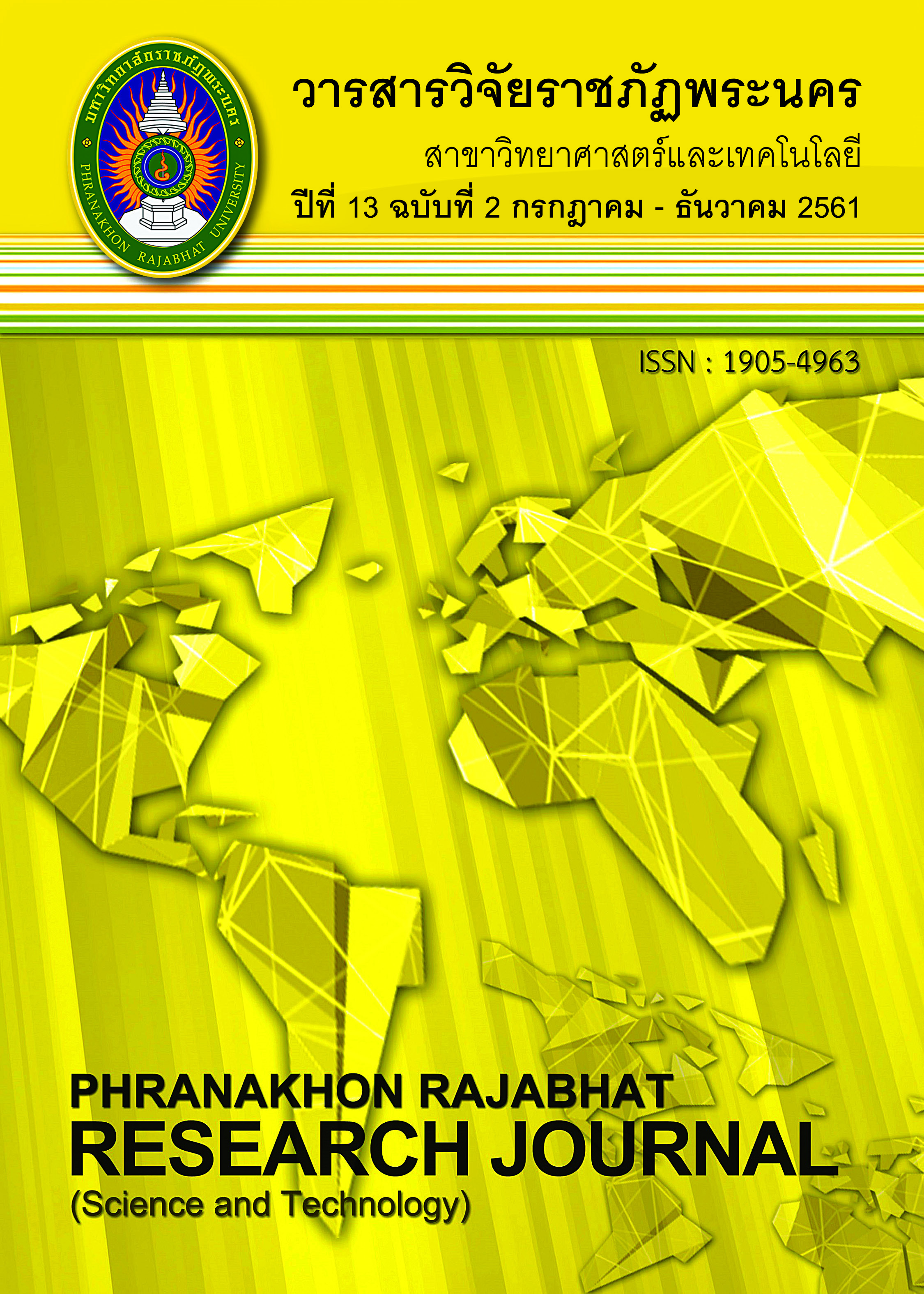HOLISTIC COMMUNITY DEVELOPMENT PROJECT USING OF PUBLIC SPACE AND USING OF SUSTAINABILITY BUILDING RESOURCES
Keywords:
public space, holistic development, building resourcesAbstract
Holistic community development project using of public space and using of sustainability building resources is a research program which consists of 4 research projects; Project 1: The design of sustainable public space for community development holistically Project 2: The design of building components by technology of ceramics for community development holistically Project 3: Electricity sustainable energy management model for community development holistically and Project 4: The design of water sustainable management model holistically. The research program picks up the building of Faculty of Industrial Technology to be a pilot project. The purpose of the study as follows; 1) to study the holistic community development process by using limited resources which has the potential to be effective 2) to study human behavior in the use of the public space both inside and outside the building with the potential in the development of public space for the benefit of worthwhile 2) to study the cooperation of relevant agencies and the role of community participants between faculty of the industrial technology, Phranakhon Rajabhat University and other organizations 3) to study the pattern of holistic practice in the design of the use of public areas and to study the benefits, problems, obstacles and suggestions in implementing the pattern practice benefit integration. The results found that The holistic community development process model is important to integrate with architecture, ceramics technology, electrical technology and building technology in order to design of limited resources, effective use can be achieved. The collaborative model among relevant agencies, faculty, staff, and students as community owners is essential.
References
Miller, R. (2000). Making Connections to the world: Some Thoughts on Holistic Curriculum. (Brandon, VT: Foundation for Educational Renewal, 2000)
Shepherd, A. and L. Ortolano. (1997). Environment Impact Assessment Review. Organizational Change and Environmental Impact assessment at the Electricity Generating Authority of Thailand : 1972-1988. 17(5), 329-356.
Suebsiri, P, et al. (2017) Environmental Management Project to become “Green University”. Phranakhon Rajabhat Research Journal (Science and Technology). 12(1), (103-119). (in Thai)
WCED. (1987). World Commission on Environment and Development. Retrieved December 15, 2017, from https://www.public.wsu.edu/-susdev/WCED87.html
Downloads
Published
Issue
Section
License
โปรดกรอกเอกสารและลงนาม "หนังสือรับรองให้ตีพิมพ์บทความในวารสารวิจัยมหาวิทยาลัยราชภัฏพระนคร สาขาวิทยาศาสตร์และเทคโนโลยี" ก่อนการตีพิมพ์




